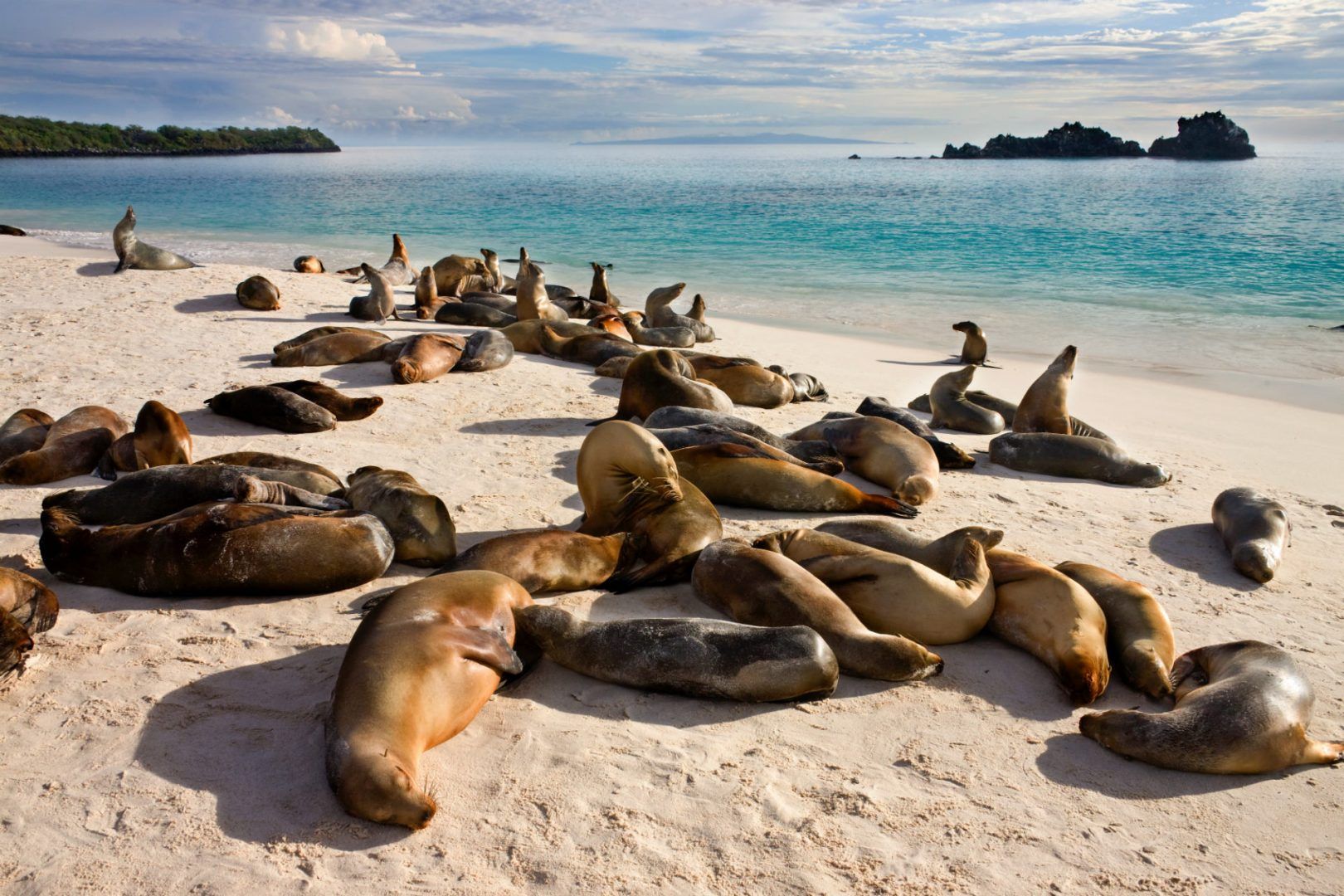What to do in the Galapagos Islands in September
Not only is September quieter and cooler than the preceding months, but it also delivers some incredible wildlife-watching experiences that are at peak levels during this off-peak month.
See Galapagos penguins and sea lions
While it’s possible to see Galapagos penguins and sea lions around the year, September is an especially great time for both experiences.
Come September, the waters around Bartolome Island play host to large numbers of Galapagos penguins. Look out for them diving from cliffs and swimming around Pinnacle Rock, often scooting between sea lions.
Talking of which, September is also a great time to see sea lions, with North Seymour, Plazas, and Santa Fe Islands being especially notable spots to see newborn pups. Fights between males set on protecting their harems are frequent, frenzied, and incredibly noisy.
Besides all the other benefits, the Galapagos is also great for a family vacation. To prepare for such a trip, read our guide to Ecuador with kids.






